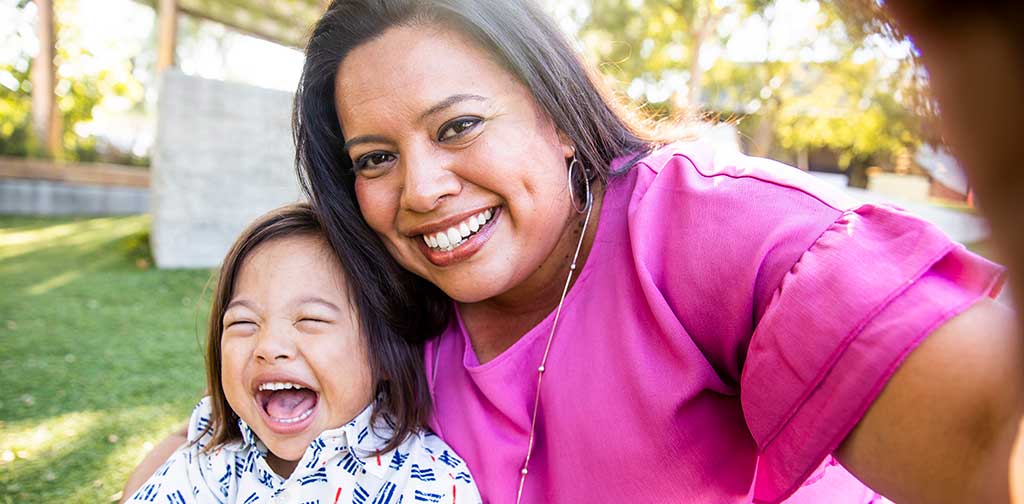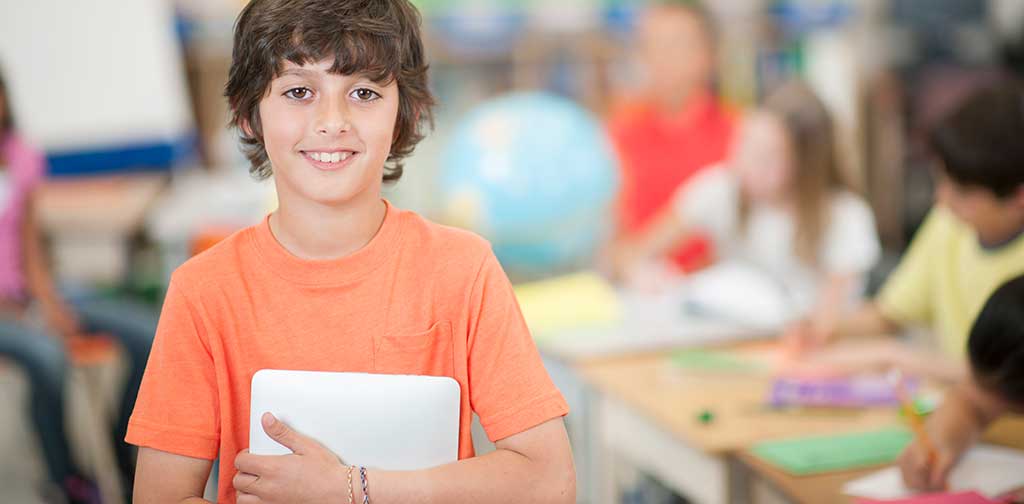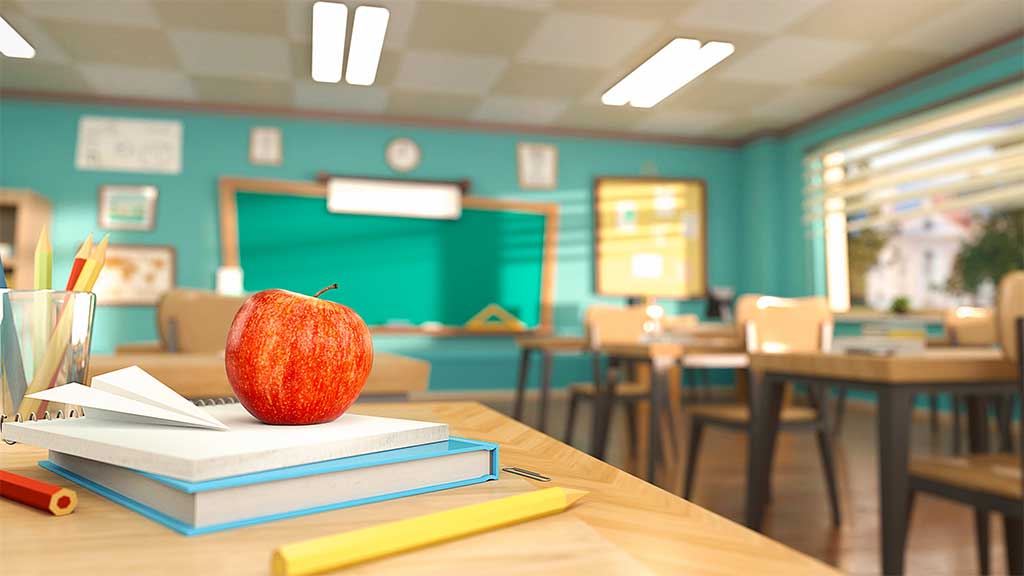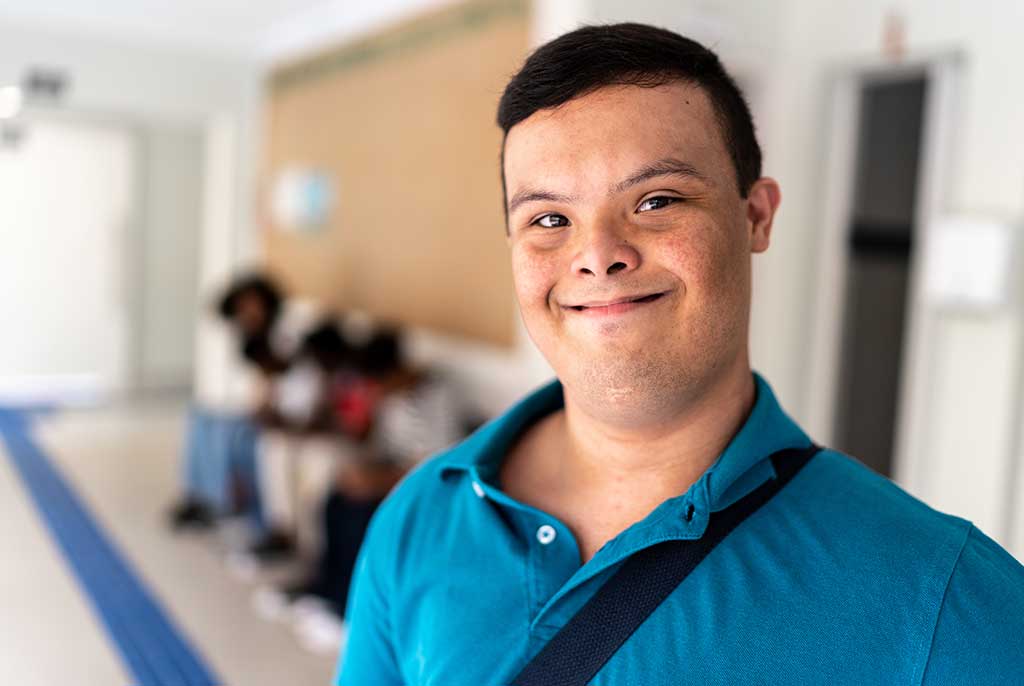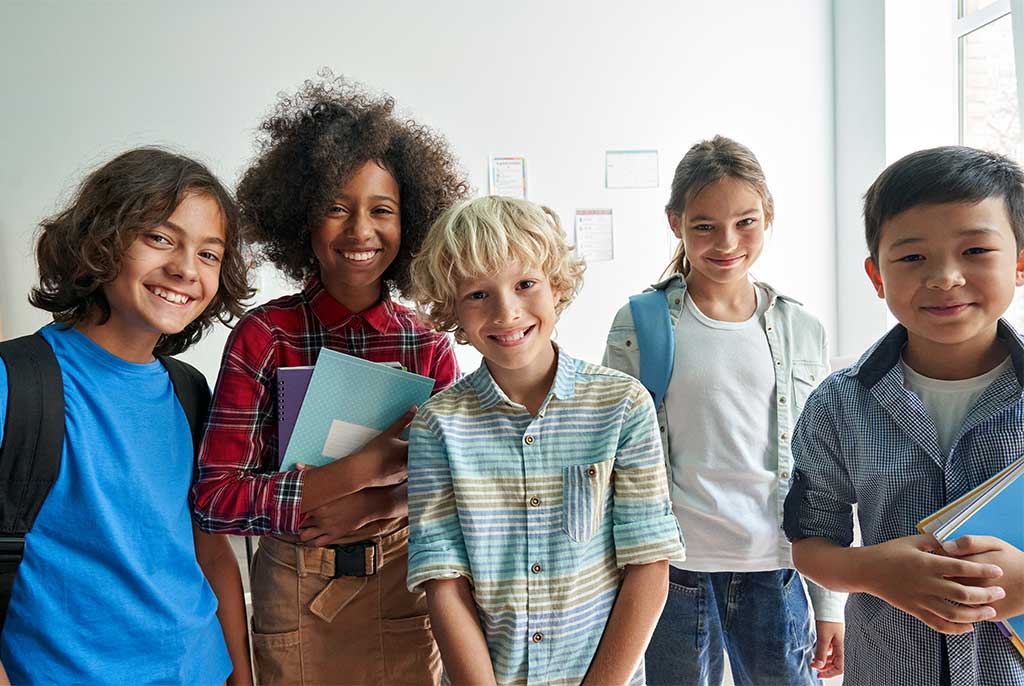If your child is having trouble in school, it’s important to find out why. Your child may have a disability. By law, schools must provide special help to eligible children with disabilities. This help is called special education and related services.
The Individuals with Disabilities Education Act (IDEA) is the federal law that guides how states, school districts, and public agencies provide early intervention, special education and related services to eligible infants, toddlers, children and youth with disabilities.
There’s a lot to know about the process by which children and youth are identified as having a disability and in need of special education and related services. Check out the resources below to learn more.
Explore Special Education Topics
Back to School | Special Edition Newsletter
Articles include: Tips for Virtual ARD Meetings, Parent Counseling and Training, Important Guidance from the U.S. Department of Education, Transitioning from ECI Services to School, Does the School Have to Reschedule My Child’s ARD Meeting if I Can’t Attend?, New State Law Regarding BIPs, What Are Executive Functioning Skills?, House Bill 4545, Independent Futures that Work!
More Special Education Topics
Placement is where a student with a disability receives his or her special education and related services. IDEA requires placement in the least restrictive environment (LRE), a setting that is based on the child’s IEP. Find out who decides placement and how they decide it.
What to do about challenging behaviors in students? Our Behavior Issues Suite includes 5 separate resource pages that will connect you with the spectrum of expertise out there.
New USDOE Guidance on Students with Disabilities & Discipline
New guidance released from the Department of Education’s Office for Civil Rights (OCR) and Office of Special Education and Rehabilitative Services (OSERS) helps public elementary and secondary schools fulfill their responsibilities to meet the needs of students with disabilities and avoid the discriminatory use of student discipline. These newly released resources are the most comprehensive guidance on the civil rights of students with disabilities concerning student discipline and build on the Department’s continued efforts to support students and schools through pandemic recovery.
Youth with disabilities need to plan ahead for their transition from high school. In fact, the Individuals with Disabilities Education Act (IDEA) requires it.
Connecting with Your Community
“Being a part of your community is about more than just being present in your community.” There are many ways for individuals with disabilities to contribute to their community. This video from WBPDD talks about a few of those ways and the impact on the individual’s life, as well as the impact on the community. It also talks about finding and offering your talents to help build community networks.
Resolving Disputes Between Parents and Schools
When disagreements occur between the parents of a child with disability and the school, both can turn to IDEA’s dispute resolution options.
Studies have found that special education students are less likely to be enrolled in physical education compared to their general education peers. Physical education teachers around the world are coming up with new ways to include all students and get everyone moving.
Here are seven everyday challenges and solutions in physical education today, all of which can be written into a student’s IEP.
Special Education Services for Preschoolers with Disabilities
What services are available for preschoolers who are experiencing developmental delays? Where can you turn for help and support?
What is a PTI?
Every state has at least one Parent Training and Information Center (PTI) funded by the Office of Special Education Programs (OSEP) at the U.S. Department of Education, under the Individuals with Disabilities Education Act (IDEA).
In Texas, there are four PTI projects: PACT, PATH, PEN, and TEAM.
Partners Resource Network (PRN) is a non‐profit agency that operates the Texas PTI projects as a statewide network that serves parents of children and youth with disabilities ages of 0‐26 as well as youth self ‐advocates ages 14‐26.
Check out our What is a PTI? fact sheet to learn more about PTIs and how they can help you become an effective advocate for your child with a disability.

